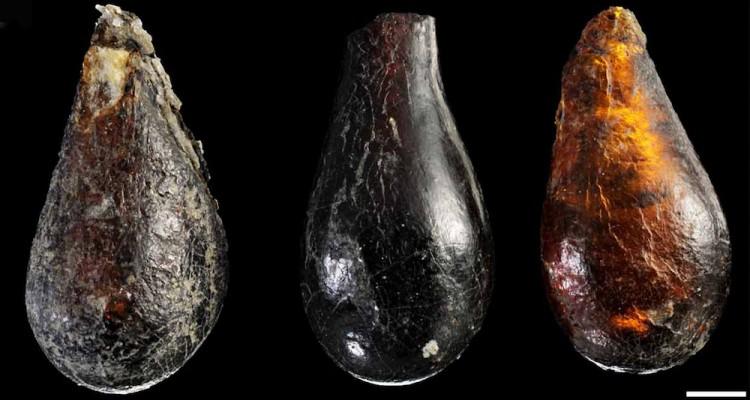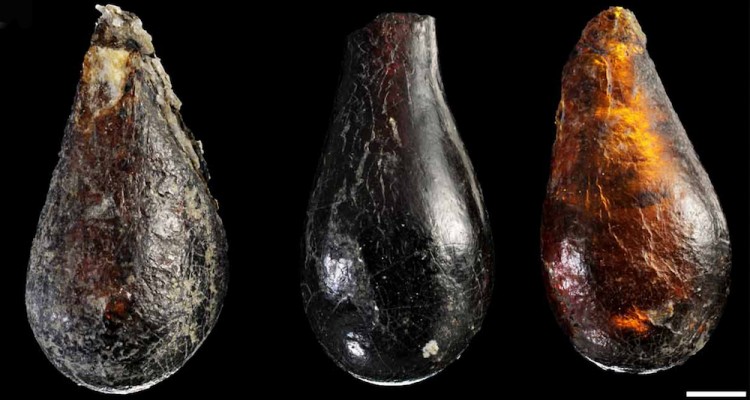The oldest known amber-preserved arthropods have been discovered in Italy, dating back 230 million years ago to the Late Triassic.
Previously, the oldest arthropods fossilized in resin were from the Early Cretaceous about 130 million years ago, when large amounts of resin began to appear in the fossil record.
The amber is from the Heiligkreuz Formation in the Dolomite Alps of northeastern Italy. Most of the droplets are 2-6 millimeters long, and were produced by trees in the extinct conifer family Cheirolepidiaceae.







